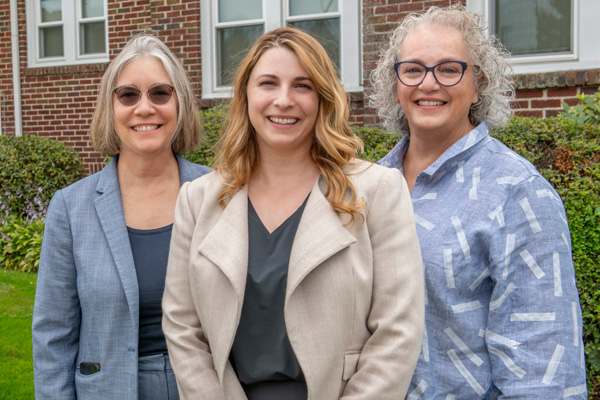Medical Student's Reseach Shows Significant Disparities in Access to Pediatric Trauma Centers
December 27, 2022

Health & Wellness Tips
Related News
-
Awards & Recognition
![baystate health news]()
Three Baystate Hospitals Earn An ‘A’ Hospital Safety Grade from The Leapfrog
-
Foundation
![The word donate written with a heart to replace the o.]()
Maximize Your Gift: Non-Cash Asset Donations Explained
-
Awards & Recognition
![baystate health news]()
Baystate Children’s Hospital Named Solutions for Patient Safety Hospital of the Month
-
Foundation
![Four individuals wearing pink and black pose for a photo at the Rays of Hope Walk & Run Toward the Cure of Breast Cancer.]()
Rays of Hope Walk & Run Toward the Cure of Breast Cancer Brings Hope and Critical Funding to Western Massachusetts
-
Awards & Recognition
![baystate health news]()
Baystate Health and the UMass Chan Medical School Baystate Honored by American Medical Society for Promoting Physician Wellbeing and Preventing Burnout
-
Foundation
![Runners run under a big pink arch at the 2023 Rays of Hope Walk & Run Toward the Cure of Breast Cancer.]()
Rays of Hope Walk & Run Toward the Cure of Breast Cancer Keeps Pace to Bring Hope and Local Support
-
Awards & Recognition
![baystate health news]()
Baystate Hospice Achieves CMS 4 Star Quality Rating
-
Foundation
![Heather Sanky, Burkman Endowed Chair of Obstetrics & Gynecology, Division of Midwifery Director Autumn Versace, and Former Director of Midwifery Susan DeJoy outside the Midwifery House in Springfield.]()
Growth, Evolution, and Care: Division of Midwifery Celebrates 40 Years and Beyond with New Endowed Fund
-
Foundation
![baystate health news]()
Family Medicine Program Continues Strong Growth
-
Announcements
![Baystate Wing Hospital student ambassador mini medical school program]()
Student Ambassador Program – Mini Medical School Held at Baystate Wing Hospital
Back to Top








